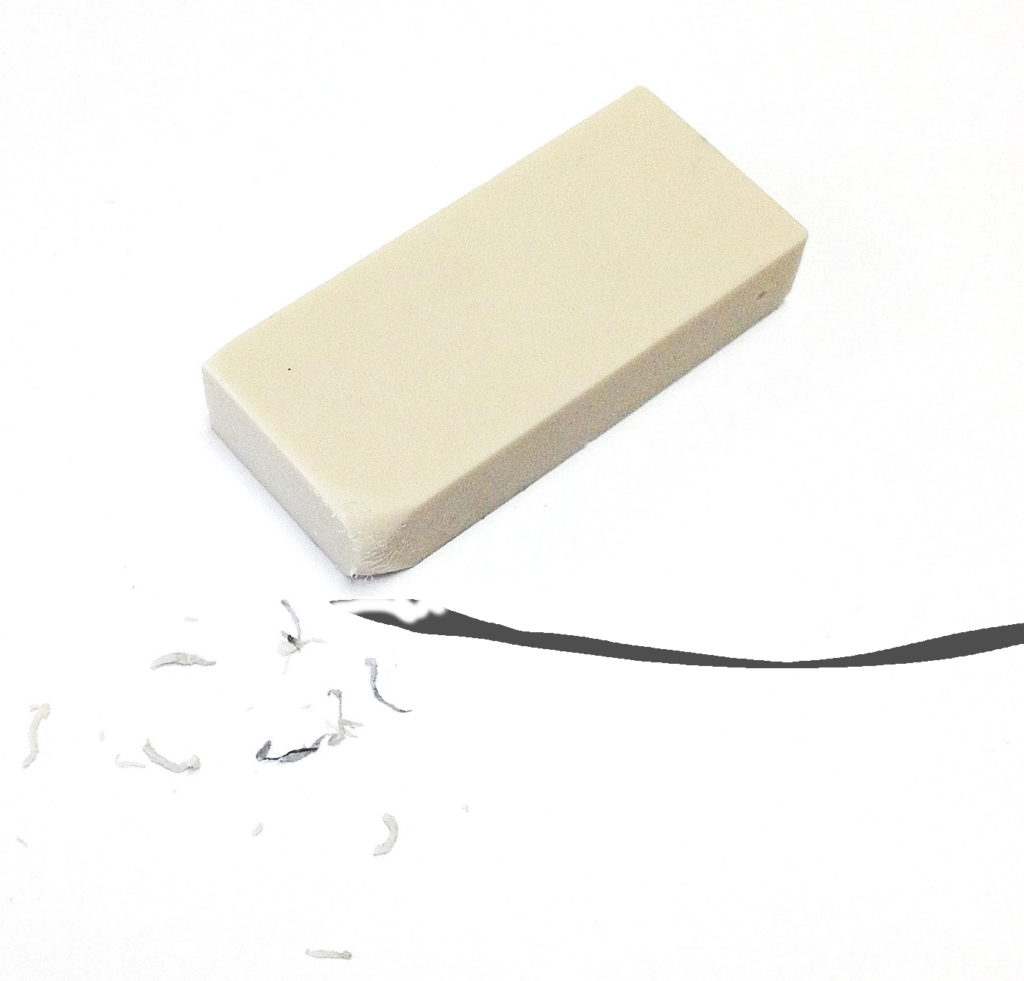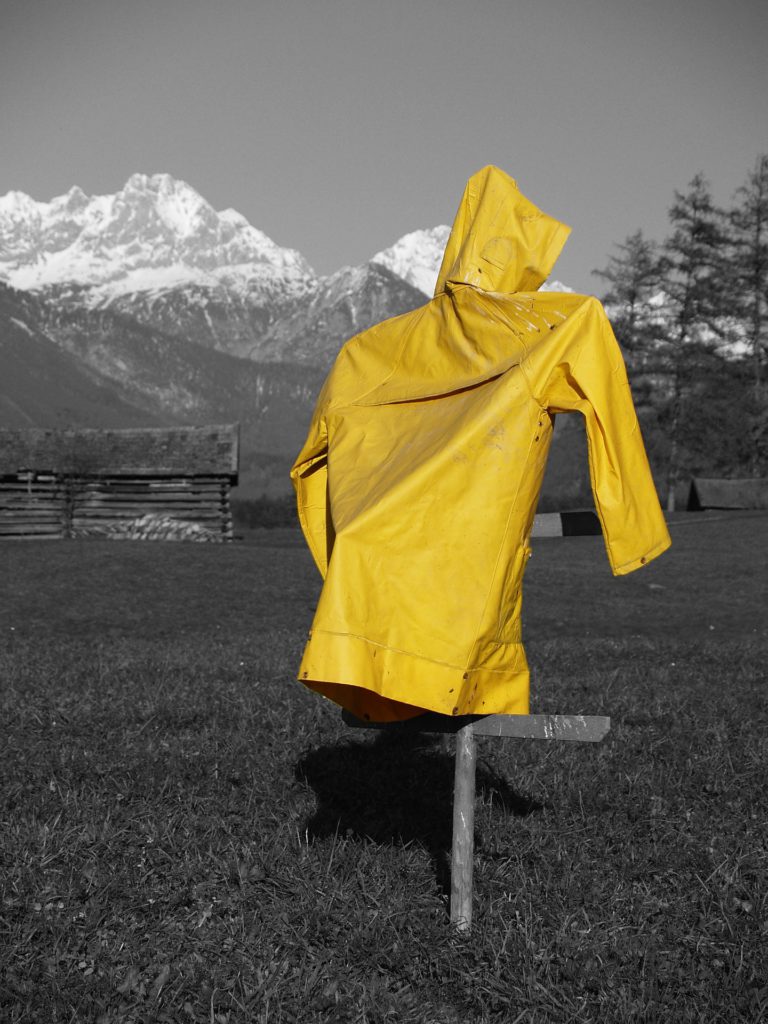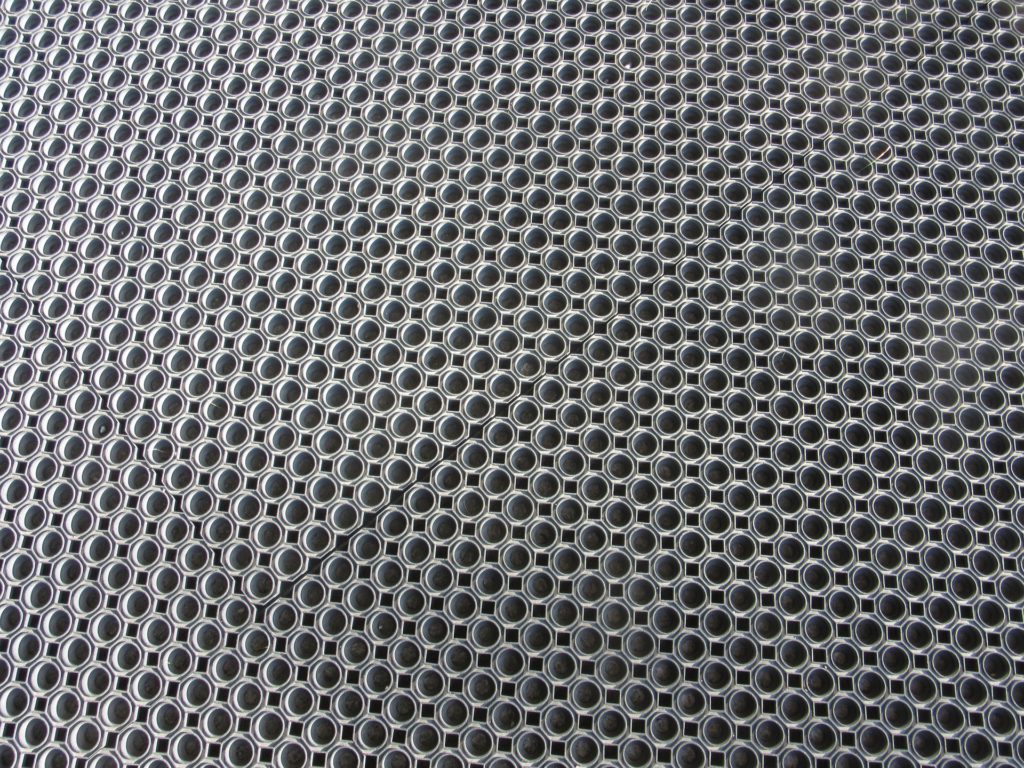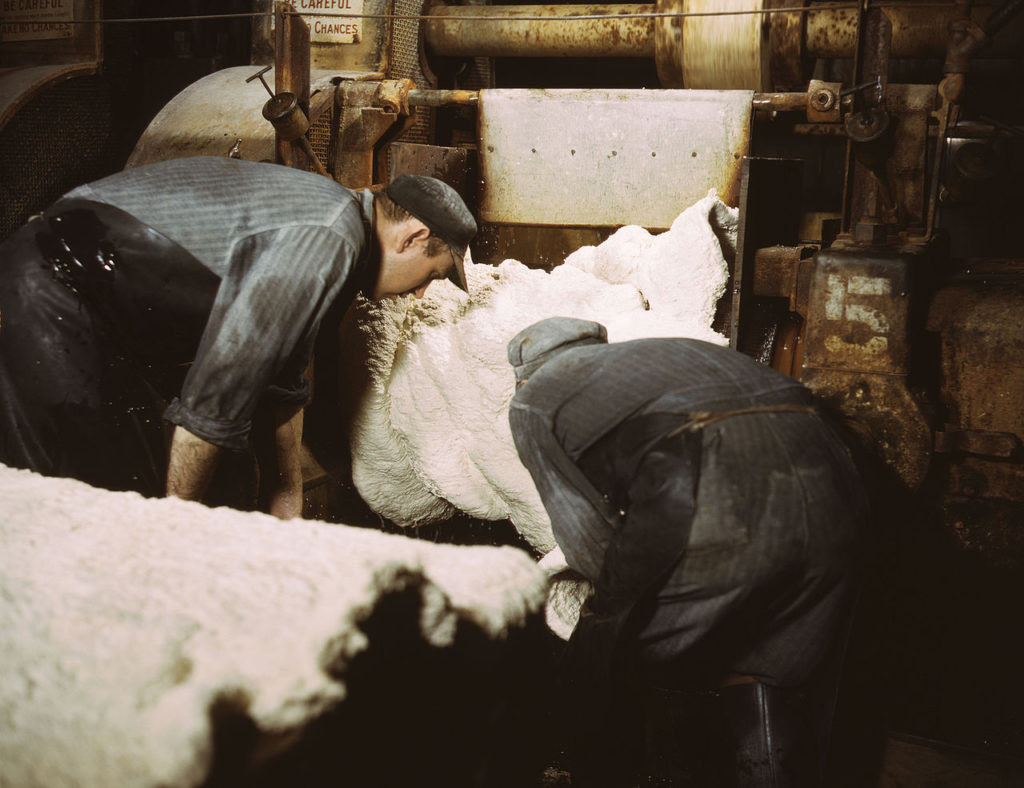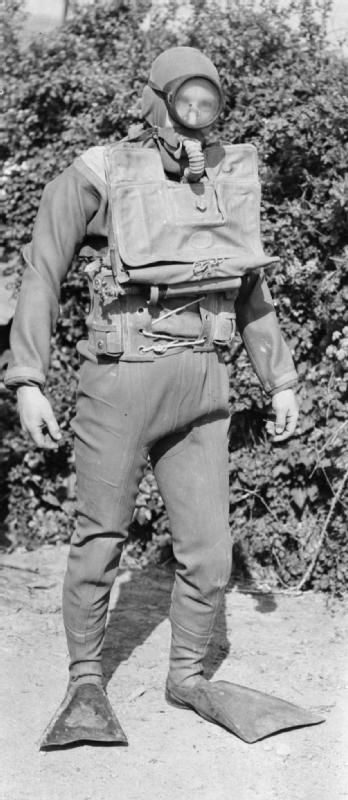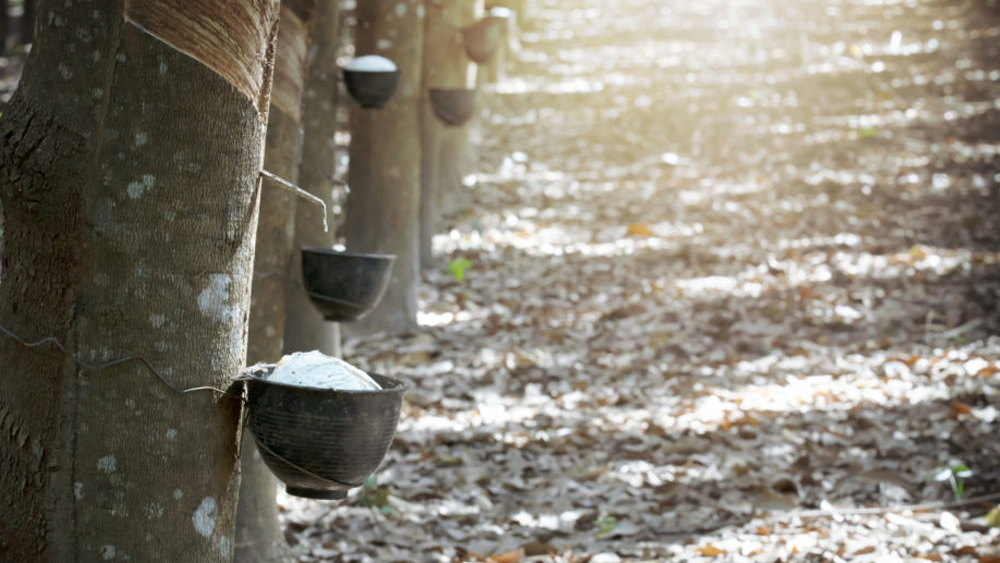Natural rubber
Given the criticality of this material for the tyre and rubber industry, natural rubber is an incredibly important raw material for the European tyre and rubber industry and is a key enabler for several industries – especially automotive.
The tyre industry alone absorbs about 76% of all the natural rubber produced globally. Today, there is no substitute for natural rubber from hevea trees that could be used in all its current applications.
- Natural rubber is hard to substitute, and it is the only forest-based raw material considered as a critical raw material (CRM) by the EU.
- The EU industry is 100% import dependent for this commodity. Imports into the European Union originate primarily from Indonesia, Thailand, Côte d’Ivoire and Malaysia, representing some 85% of the total EU imports.
- Up to 30 million people are fully or partially dependent on rubber cultivation for their basic source of livelihood. This is often represented in the form of small-hold and micro farming.
- Having a sustainable supply chain is key for the industry, as this translates into resilience, sustainability, reliability and stability in a very competitive market. It is therefore our priority to advance sustainable solutions that have a positive impact for people and nature. In this context, the tyre industry has invested in and is seriously committed to the Global Platform for Sustainable Natural Rubber (GPSNR) to respond to such needs.
Source: www.sustainablenaturalrubber.org
HOW DOES THE NATURAL RUBBER SUPPLY CHAIN WORK?
- The natural rubber supply chain is complex and fragmented, consisting of layers of smallholder farmers, raw material dealers (several layers), processing plants, eventually traders and rubber product manufacturers.
- The process is dynamic: rubber latex harvesting is done every day, and every day a smallholder decides, according to the variability of prices, to which dealer or processor to sell its production.
- After collection, the latex is refined and converted into a raw natural rubber product. This is done by a high number of processors at local, regional, national and international levels before arriving to the tyre and rubber goods manufacturers.
- Same rubber has different routes: often, the same farmers and the same plots of land produce natural rubber for several rubber factories. Furthermore, rubber from various plots is mixed at a processing factory level, and the output is sold to several tyre and rubber goods manufacturers.
- In other words, natural rubber plots are likely to be the same for most of the tyre and rubber manufacturers and they represent a pool of about 6 million smallholders that sell their production to about 100.000 dealers who then proceed to sell it to about 500 factories. These factories then sell rubber to goods manufacturers.
- Natural rubber’s processor supply base zones are extensive. 80% of the raw material comes from a radius of 150-200 km of the processor location, 15 % comes from 200-500 km, and 5% comes from > 500 km. (For comparison: wood pulp and wood is no more than 100 km, and palm oil is no more than 50/75 km as fruits need to be processed within 24 hours of harvesting).
- Natural Rubber can be stored for a long time, resulting in partial and temporary stocks created at any aggregation point along the supply chain. “First-in first-out’’ principle is therefore not the norm. This also explains why natural rubber can travel long distances.
EU Regulation on Deforestation-free products (EUDR)
The EUDR aims to prevent access to the EU market of commodities and derived products that have caused deforestation (after December 2020) and whose production does not respect the national legislation of the country of origin.
What is the scope of EUDR?
It concerns the following commodities: cattle, wood, cocoa, soy, palm oil, coffee, rubber, and some derived products, such as leather, chocolate, tyres, or furniture.
The complete list of commodities and derived products can be seen in the Annex I of the Regulation.
Who does the EUDR impact?
Any operator or trader (who are not SMEs or micro-enterprises) who:
– places such commodities on the EU market (including imports);
– makes them available on the EU market
– exports them from the EU market
must be able to prove they comply with the regulation.
When is EUDR coming into force?
As of 30 December 2024, the key articles of the EUDR will apply.
Micro and small enterprises will enjoy a longer adaptation period, and other specific provisions.
For guidance on the transition period, please refer to the EU Commission’s FAQs at this link.
What are the main elements of the EUDR obligation?
Relevant goods must be covered by a due diligence statement underpinned by a due diligence system.
The Due Diligence system comprises several steps explained below.
1. Collecting Information
To verify that relevant commodities/products are deforestation-free, the operator should provide geolocation coordinates allowing for the traceability of the plot of land where the commodity was produced.
If the plot of land is bigger than 4 hectares, the geolocation coordinates should be provided for each point of a polygon.
It is possible to provide a declaration in excess, that is, coordinates for several plots of land higher than those where the commodities were produced.
The operator’s responsibility extends to all geolocalised and declared plots of land, regardless of whether the commodity was effectively produced there.
Due diligence needs to be applied to all geolocalised and declared plots of land.
If one plot of the “geolocalised mix” is found to be non-compliant, the entire set of geolocalised plots of land is non-compliant.
2. Risk Assessment
Operators should provide adequately conclusive and verifiable information that the commodities/products are deforestation-free and in accordance with local legislation.
The EUDR does not set an official checklist of documents to be produced in the due diligence process. However, the below documentation should be included:
- Geolocation. There are no clear guidelines on how frequently the plot of land should be mapped.
- Date and time range of the production.
- Evidence that there hasn’t been any deforestation after 31 December 2020: Any map or system can be used as long as it is demonstrated to be the best source available.
- Evidence of no breach of local law: official guidelines from the European Commission are expected by the end of the second quarter of 2024.
Any organisation operating within the EUDR should set up a compliance programme and review its risk assessment at least once a year.
Operators and traders throughout the supply chain are liable for the information they use/provide in their due diligence systems and statements.
The obligations stemming from the EUDR do not apply to local producers; hence, they should be instructed on how to provide relevant information correctly.
Being certified by a third party is not enough to be compliant, although it can help to carry out the information collection and risk assessment.
3. Risk Mitigation
Unless the risk assessment shows that there is no or only a negligible risk that your products/commodities are non-compliant, the risk mitigation measures should include:
- Additional information.
- Independent survey/audits.
- Capacity building and investments.
- Compulsory compliance programme.
All decisions regarding risk mitigation need to be reviewed once a year.
4. Reporting
The final report should include:
- A summary of the product’s description, quantity and country of production.
- The conclusion of the risk assessment and mitigation measures taken and a description of the information and evidence used.
- Any consultation process needed with third parties, indigenous communities, etc.
Additionally, operators and traders should collect, organise and keep for 5 years:
- All the information gathered.
- Documentation showing how the due diligence process was carried out.
- Documentation on mitigation measures.
- Due diligence statements.
5. Due Diligence Statements
Operators and traders should provide due diligence statements through the EU Information System for each batch of commodity/product imported, placed/made available on the EU market or exported.
What is the Tyre & Rubber Industry stand on EUDR?
We proposed pragmatic solutions to the EU Commission to help the implementation of the EUDR and fix issues inherent to our complex supply chain, to ensure:
• the availability on the EU market of imported tyres and natural rubber produced during the transition period after the EUDR implementation date;
• an effective EUDR implementation through an EU information system that is fit for purpose;
• a reduced number of due diligence statements in the supply chain by filing periodic statements and covering multiple intra-company/group transactions;
• pragmatic solutions regarding legality requirements to prevent the exclusion of smallholder farmers from EU supply chains;
• that production waste and tyre carcasses for retreading are excluded from the regulation, thus protecting the rubber circular economy;
• that derived products would only have to report on the commodity they are derived from (e.g. for tyres, natural rubber only);
• solutions for supply chains that include both SMEs and, further down the stream, big operators or traders.
Natural rubber and its supply chain:
Facts and specificities
Natural rubber is derived from Hevea brasiliensis, a type of rubber tree grown primarily in the tropical regions of West Africa, South America and Southeast Asia.
Natural rubber is a key raw material in tyres and many other products: 73% of the world’s natural rubber consumption is used in tyre production, representing between 20 and 40% of the weight of a tyre (depending on the segment).
Its properties are particularly important for the strength of the tyre : e.g. for supporting the vehicle load and for tyre resistance.
synthetic polymers
textile
antioxidants, antiozonants, curing systems
2020 CONSUMPTION OF NATURAL RUBBER
The biggest consumer of natural rubber is China, followed by EU, India, US, Thailand and Japan, each using between 5 and 8% of the global production. Despite the general contraction of use of natural rubber consumption in 2020, that of China and Thailand kept growing, despite the pandemic and its effects on the global economy.
WHILE IN MATURE MARKETS LIKE EU, US AND JAPAN WE REGISTERED A DOUBLE DIGITS CONTRACTION IN NATURAL RUBBER CONSUMPTION DURIng THE PANDEMIC, IN THE REMAINING COUNTRIES, THIS WAS LESS FELT.
European Innovation Partnership on Raw Materials
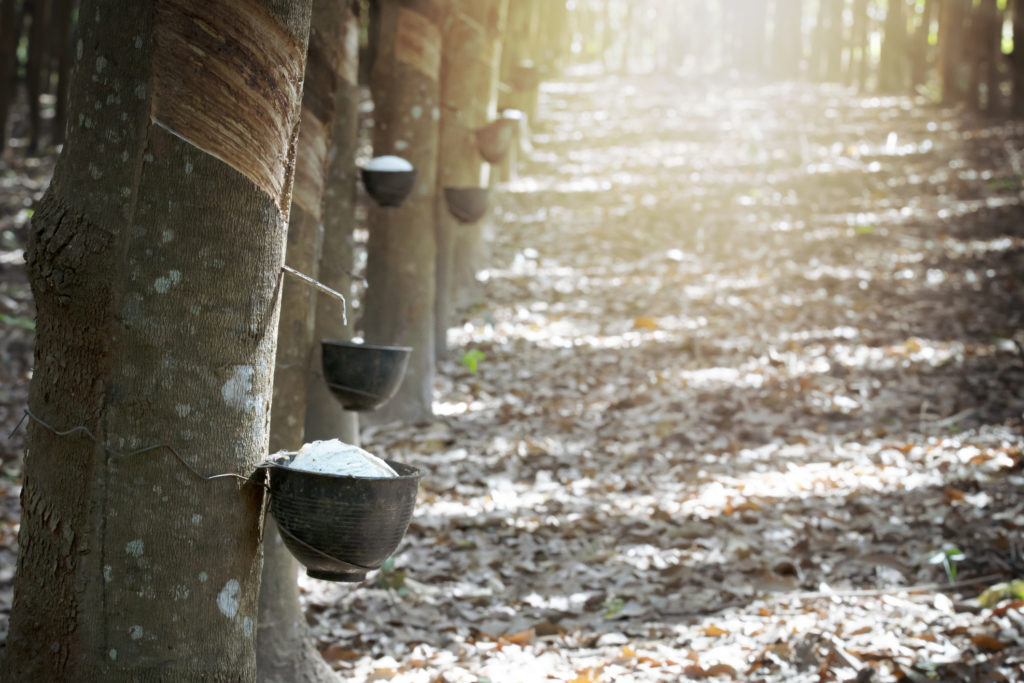
In 2008, ETRMA committed to work on three areas related to natural rubber (NR) under the framework of the European Innovation Partnership on Raw Materials:
- To ensure fair and sustainable access to natural rubber,
- To diversify natural rubber supply in geographical terms – to reduce dependency from South East Asia
- To diversify natural rubber supply in sourcing terms – expanding research into alternative sources, such as the taraxacum and guayule.
- Natural Rubber is recognised as a Critical Raw Material by the EU, acquiring a priority status in EU policies – from trade to research;
- More than 20% of natural rubber used in the EU is now sourced from Africa;
- Research projects on dandelion and guayule in Europe are now ready to be scaled to production volumes to supply users of rubber in both the tyre and the non-tyre rubber industries;
- Initiatives on natural rubber sustainability have been launched: ETRMA is a member of the Tire Industry Project’s Global Platform for Sustainable Natural Rubber (GPSNR), the most important is under the auspices of the World Business Council on Sustainable Development (WBCSD).
Despite this demonstrable progress, the situation regarding the sustainable sourcing of natural rubber remains challenging.
ETRMA, together with EU and international institutions, will continue this path of diversification. Matching this natural rubber agenda with the environmental agenda of the EU will continue to be a priority. This includes a focus on low carbon strategies, as on the carbon sequestration potential of rubber trees, or on the possibilities regarding the circular economy around natural rubber.

